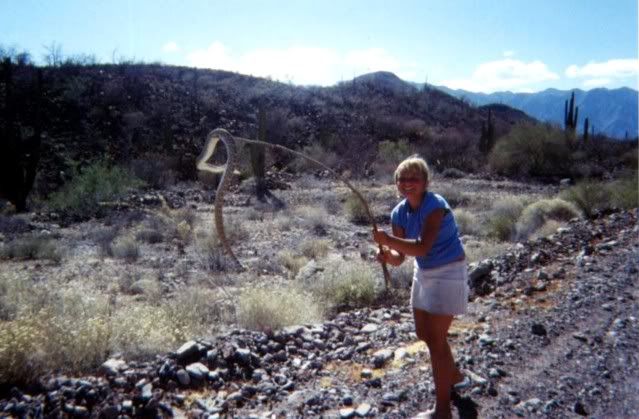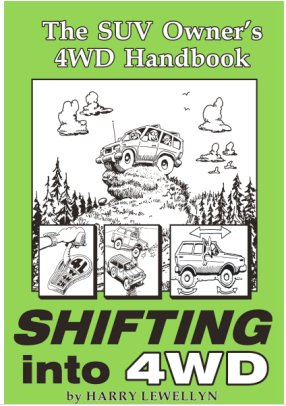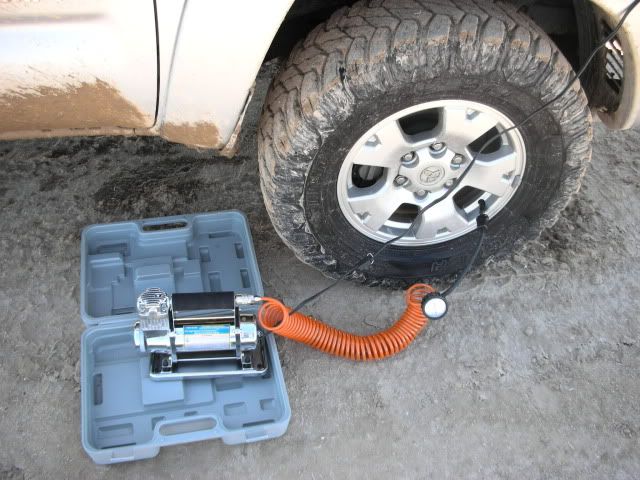Originally posted by Neal Johns
DK, usually when you use a sandmat or board or expanded metal, you have to walk back and retrieve it after driving over it and moving forward to a
firm spot. Put a tether on it and attach the other end to the back end (bumper) of the vehicle, drag it along with you and you won't have to walk back
to retrieve it. No pics available.
Compressors, general:
The cigarette lighter is usually fused for 15 amps which mandates a low power compressor with a slow fill time.
Many clamp on battery compressors pull 30 amps or more and are much faster.
Even an inexpensive battery pack can put out 30 amps for a while.
I have a clamp on Viair. |





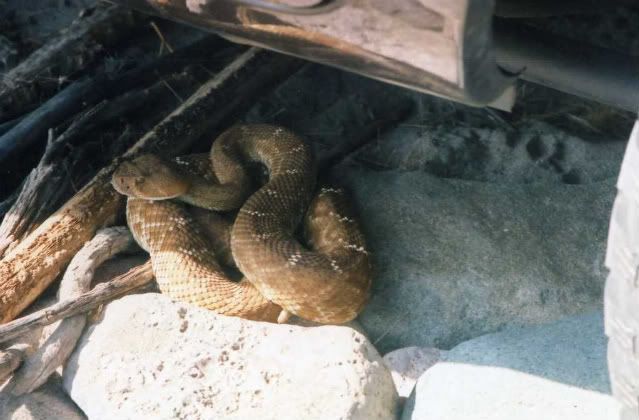














 So much for a government 'for the people'!
So much for a government 'for the people'!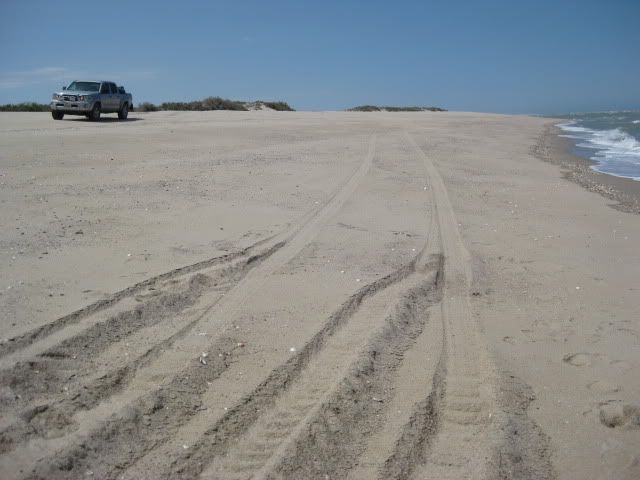







 the reality
of that word has NOT escaped me, believe me.
the reality
of that word has NOT escaped me, believe me. 

 (the Red
Diamondback was unharmed, and went on his merry way after the photo shoot!)
(the Red
Diamondback was unharmed, and went on his merry way after the photo shoot!)